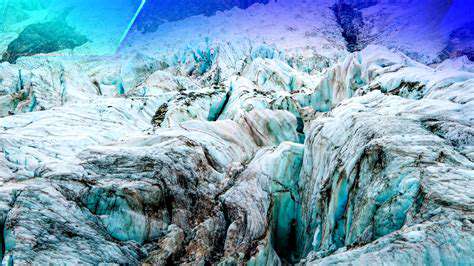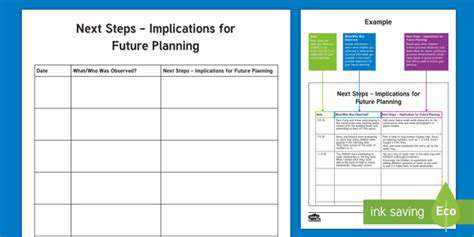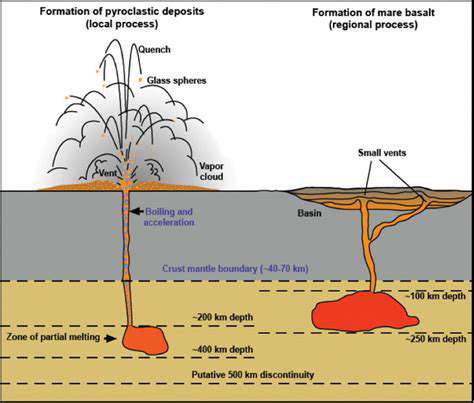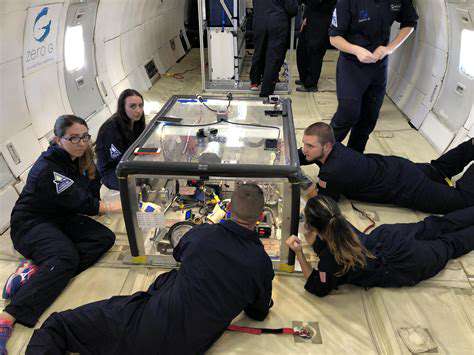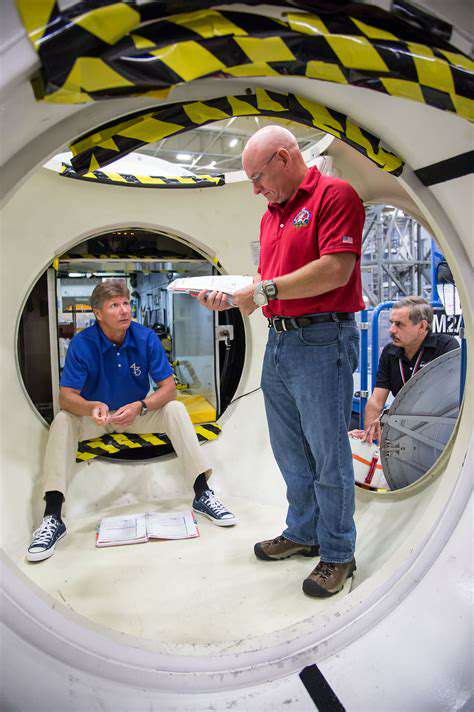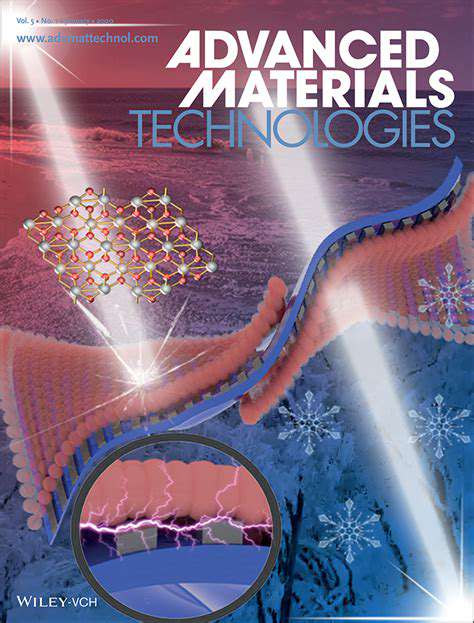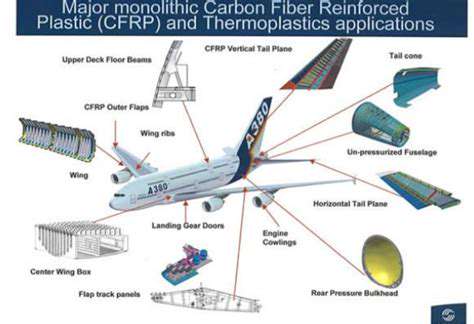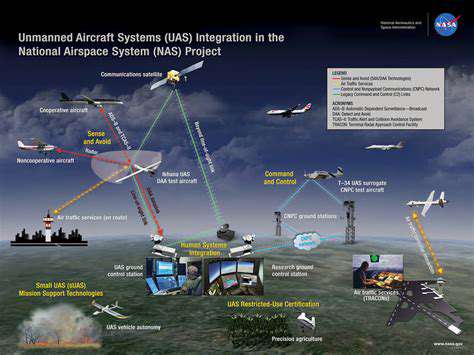Exploration and Sampling Techniques
Studying lunar regolith requires specialized techniques. Robotic missions use drills and scoops to collect samples, sometimes analyzing them on site with miniature laboratories. The Apollo missions brought back hundreds of pounds of regolith, and these samples continue to reveal new secrets about the Moon's history through advanced analysis techniques. Modern missions combine physical sampling with orbital observations, using spectrometers to map mineral distributions across large areas. These methods help scientists piece together a comprehensive picture of the lunar surface without having to visit every location in person.
Potential Resource Utilization
The Moon could become a stepping stone for deeper space exploration if we learn to use its resources effectively. Water ice hidden in permanently shadowed craters is particularly valuable - it could support human life and be broken down into hydrogen and oxygen for rocket fuel. Some regolith contains oxides that might be processed to extract breathable oxygen. The iron and titanium present in lunar soil could be used for construction materials, potentially allowing us to build habitats and other structures without transporting everything from Earth. Developing these extraction technologies is a major focus of current lunar research.
Physical Properties and Characteristics
Physical State and Composition
Unlike Earth's soil, lunar regolith is a dry, powdery material with no organic content. It's primarily made up of silicate minerals similar to those found in Earth's crust, but with some important differences. The constant bombardment by micrometeoroids gives lunar soil its characteristic fine texture, while volcanic glass beads add unique properties. This unusual composition makes regolith behave very differently from terrestrial soils - it's more abrasive, more electrostatically charged, and reacts differently to pressure and temperature changes.
Bulk Density and Porosity
Lunar regolith is surprisingly light for its volume, with a bulk density about half that of typical Earth soil. This is because impact processes have left it extremely porous, with numerous tiny spaces between particles. These pores can trap gases from the solar wind or possibly even water molecules. The porosity changes with depth - surface regolith is looser, while deeper layers become more compacted. Understanding these density variations is crucial for engineers designing landing pads or foundations for lunar structures.
Particle Size Distribution
The size of regolith particles varies dramatically, from fine dust smaller than a human blood cell to pebble-sized fragments. This mixture affects how the material behaves - fine particles tend to stick together electrostatically, while larger fragments provide structural strength. The distribution isn't random; it records the history of impacts at that location, with more recent impact sites having coarser material. This information helps scientists reconstruct the Moon's geological timeline and predict where certain resources might be concentrated.
Color and Reflectance
The Moon's surface isn't uniformly gray - different areas show subtle color variations indicating changes in composition. Darker regions typically contain more iron and titanium, while brighter areas have higher concentrations of aluminum. These color differences affect how much heat the surface absorbs, which in turn influences local temperatures. Spacecraft use these reflectance properties to map mineral distributions from orbit, helping identify promising locations for resource extraction without needing to visit every site.
Mechanical Properties
Lunar regolith presents unique engineering challenges due to its mechanical properties. It lacks the cohesion of moist Earth soil, yet under pressure it can compact into a surprisingly solid mass. The sharp, angular particles are highly abrasive, posing risks to mechanical systems. These properties affect everything from rover wheel design to excavation techniques - solutions that work on Earth often fail in the lunar environment. Recent studies using simulated lunar soil are helping engineers develop specialized tools for working with this unusual material.
Thermal Properties
The Moon's lack of atmosphere causes extreme temperature swings that the regolith must endure. During the two-week lunar day, surface temperatures can reach 127°C (260°F), while nighttime plunges to -173°C (-280°F). Remarkably, just a few centimeters below the surface, these variations are much less severe. The regolith's low thermal conductivity makes it an excellent insulator - a property that could be exploited in lunar construction. Understanding these thermal characteristics is essential for designing equipment that can survive the Moon's harsh environment.
Potential Applications and Resources
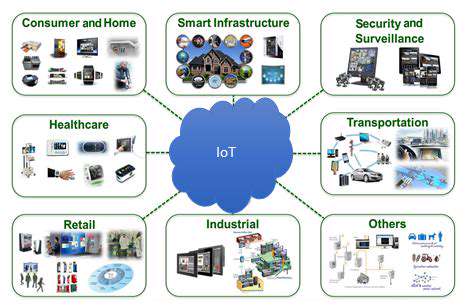
Potential Applications in Healthcare
While primarily studied for space exploration, lunar regolith research has unexpected Earth applications. Studies of dust mitigation techniques for lunar equipment may improve air filtration systems in hospitals. The extreme conditions that lunar simulants endure could inspire new materials for medical implants that better withstand bodily environments. Even the study of how regolith particles affect human lungs could advance our understanding of terrestrial dust diseases. These cross-disciplinary applications demonstrate how space research often yields unexpected benefits for life on Earth.
Resource Allocation and Optimization
Learning to use lunar resources efficiently could revolutionize how we approach resource management on Earth. The extreme constraints of space exploration force engineers to develop ultra-efficient systems that minimize waste and maximize output - principles that could transform industries back home. Techniques developed to extract oxygen from lunar soil might lead to more sustainable mining practices on Earth. The closed-loop life support systems needed for lunar bases could inspire better recycling technologies for water and other resources in terrestrial communities.
Impact on Research and Development
The challenges of working with lunar regolith are driving innovation across multiple scientific fields. New analytical techniques developed to study tiny lunar samples are pushing the limits of materials science, with applications ranging from nanotechnology to archaeology. The need to simulate lunar conditions has led to advances in vacuum technology and extreme environment testing. Perhaps most importantly, the collaborative international effort to understand and utilize lunar resources is creating new models for scientific cooperation that could be applied to global challenges like climate change or pandemic response.

